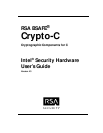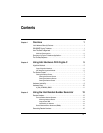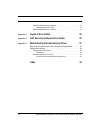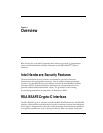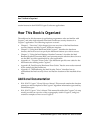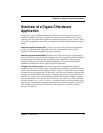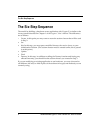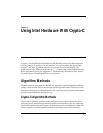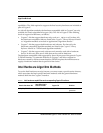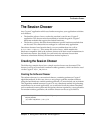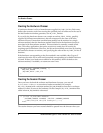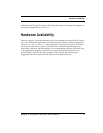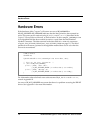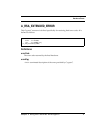
How This Book Is Organized
2 RSA BSAFE Crypto-C Intel Hardware User’s Guide
certain features in their BSAFE Crypto-C software applications.
How This Book Is Organized
The audience for this document is application programmers who are familiar with
Crypto-C and who wish to benefit from Intel’s hardware security features in a
Crypto-C application. The following topics are covered:
• Chapter 1, “Overview” (this chapter) gives an overview of the Intel hardware
security features and the Crypto-C hardware interface.
• Chapter 2, “Using Intel Hardware With Crypto-C” describes the hardware
chooser, and how to use it to specify the hardware features you wish to access.
• Chapter 3, “Using the Intel Random Number Generator” describes the Intel
Random Number Generator (RNG) and presents sample code that shows how to
use the RNG to collect random bits for your application.
• Appendix A, “Crypto-C Error Codes” lists hardware-specific error codes for the
Intel hardware running under Crypto-C.
• Appendix B, “Intel Security Hardware Error Codes” lists the error codes returned
by the underlying Intel hardware.
• Appendix C, “Redistributing the Intel Security Driver” describes how to
resdistribute the Intel security driver and lists the locations of the installed driver
files.
Additional Documentation
• RSA BSAFE Crypto-C Library Reference Manual: This manual contains the function
prototypes and descriptions of the Crypto-C algorithm information types and key
information types.
• RSA BSAFE Crypto-C User’s Manual: This manual describes the Crypto-C six-step
model, provides an overview of the cryptography used in Crypto-C, and gives
extensive examples of how to use Crypto-C.



